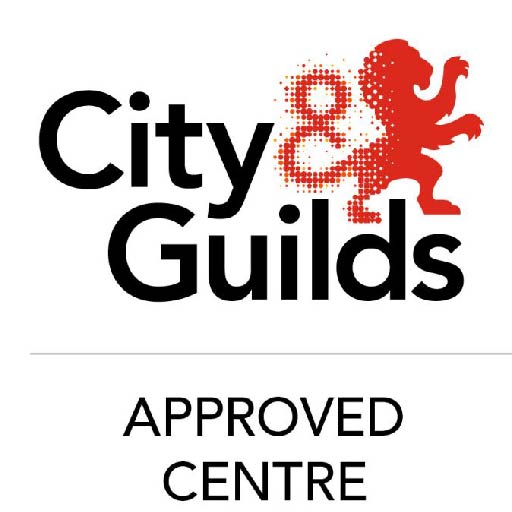R744 (CO2) Theory
R744 (CO2) Theory
Course Synopsis:
This course is suitable for technicians who are already experienced in handling refrigerants such as HFCs and who have a good understanding of system operation but wish to gain a theoretical knowledge of R744 systems
In house or on your site
1 Day
Background to the use of natural refrigerants
- Summary of long-term alternative refrigerants and their current applications (HCs, HFOs, R717, R744).
- Key characteristics and advantages of R744.
Critical point and triple point
- Explanation of critical point and triple point using the phase diagram and pressure enthalpy diagram.
R744 hazards
- Asphyxiation. Pressure.
- Trapped liquid.
- Dry ice.
- Freeze burns.
- Cylinders
Working Safely with R744
- Personal protective equipment.
- R744 fixed leak detectors and alarms.
- Connection / charging equipment.
- How to prevent dry ice formation.
- Safe cylinder handling, storage and transport.
- Risk assessments – explanation and worked example.
R744 cascade systems
- Outline of basic cascade system.
- Component differences, including pipe work, compressors, cascade heat exchangers, expansion valves, evaporators, pressure relief valves.
R744 as a pumped secondary refrigerant
- Outline of basic pumped secondary system.
Trans critical systems & Trans critical booster systems
- Outline of typical trans critical system for HT applications.
- Component differences.
- Explanation of requirement for two stage compression on LT R744 applications.
Reducing leak potential and improving resilience
- Potential leak points, including pressure relief valves venting.
- Types of joint – brazed joints to be used.
- Pressure testing for leak tightness.
- Leak test regime.
Installation and commissioning & Service of R744 systems
- Pipe working and insulation.
- Pressure testing for strength and leak tightness.
- Evacuation.
- Charging.
- Leak testing methods.
- Venting
Facebook
Twitter



